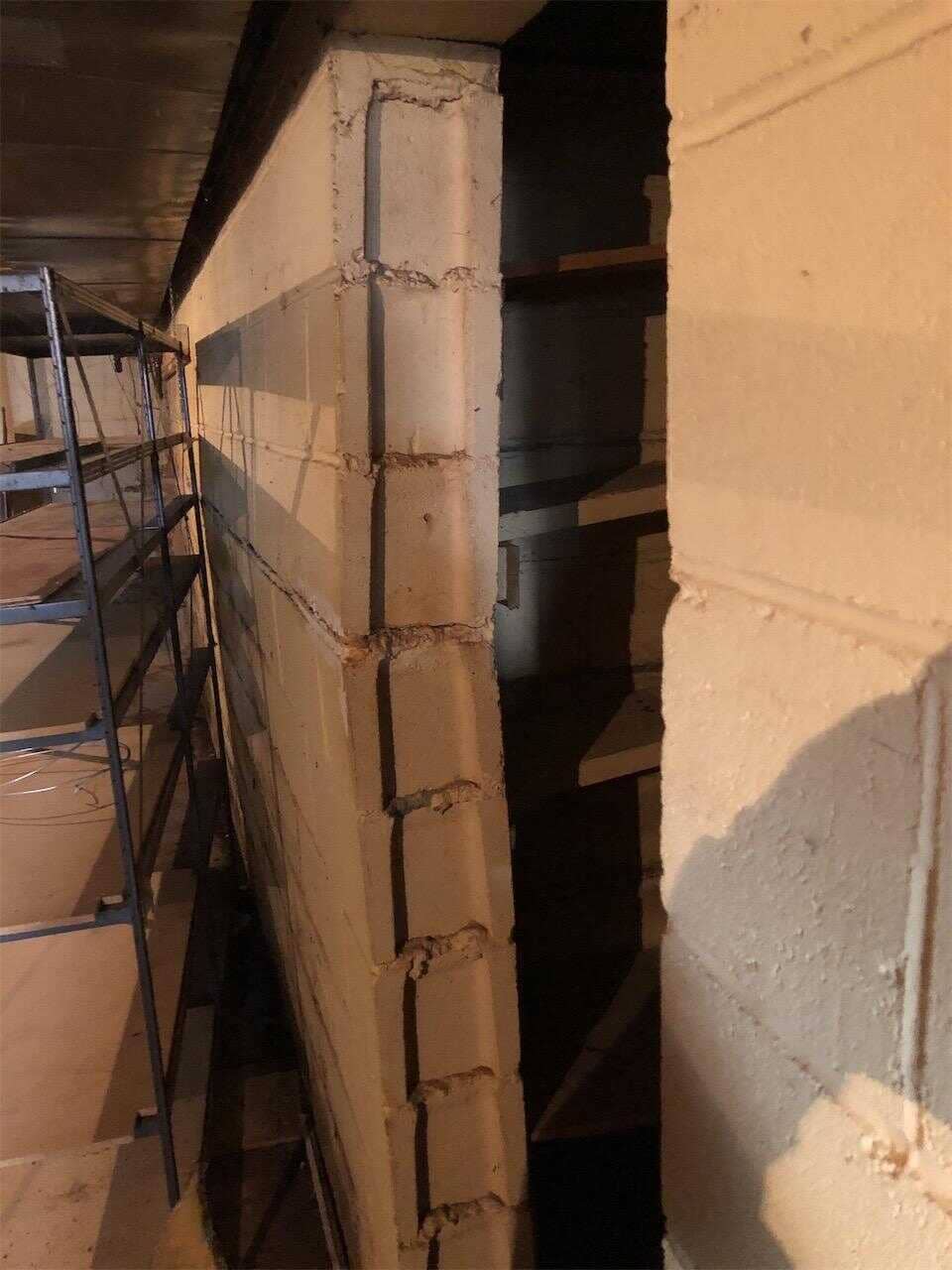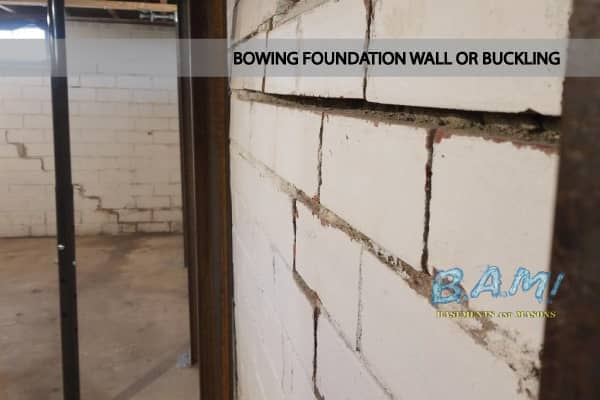See This Report on Best Basement Waterproofing
Table of ContentsAn Unbiased View of Best Basement WaterproofingThe Only Guide for Best Basement WaterproofingThe Best Basement Waterproofing PDFsBest Basement Waterproofing Fundamentals ExplainedThe Buzz on Best Basement Waterproofing
usages excavation strategies toward all-time low of the framework's foundation. involves removing dampness after it has actually entered the basement. AdvantaClean's trained professionals and service technicians will find the water resource. If wall or piece fractures exist, we will certainly inject polyurethane and epoxies right into the fractures and secure the concession, protecting against further wetness from entering.Setting up cellar air flow systems, conditioning systems, or cellar dehumidifier systems to get water out of your cellar. Selecting AdvantaClean's basement waterproofing solutions is a reliable means to treat moisture and prevent mold and mildew from endangering the framework of your home and the wellness of your household.

3 Simple Techniques For Best Basement Waterproofing
You can waterproof just your indoor walls, which might resolve the issue. Once they dry, they stick permanently to concrete and stonework wall surfaces.
Concrete water resistant coatings can not be applied to formerly painted surfaces; check the tag. Known as densifiers, they are appropriate only for wall surfaces that haven't been repainted or sealed.
You clean, roll, or spray it on a lot more heavily one gallon covers simply 75 square feet, not the 300 square feet common with standard paint. Waterproof paint is fine for do it yourself application. You can use it over repainted surfaces, and paint over it once it's treated (one gallon prices $37).
It can cost $10,000 to $15,000, depending on the work required. Exterior waterproofing involves digging deep into all over your house to the full depth of the structure wall surfaces, after that mounting a water-proof layer or membrane topped by water drainage panels. The panels provide an easy path for water to stream to an outside French drainpipe at the base of your foundation.
More About Best Basement Waterproofing
A cellar without waterproofing is kind of like that. Your basement does not want to go through a downpour without proper security just as much as you do not want to.
If you've done your research, you would certainly know there are two types of waterproofing: inside and exterior. It can get perplexing what they both mean, which one's a far better investment, and what will actually keep the water out. Don't stress, we created this blog to conveniently define both techniques for you and talk about original site the pros and cons of each.
Exterior waterproofing is a waterproofing approach that includes sealing your home from the exterior. It's kind of like a moat around a castle. It entails digging a trench around your whole home to the foundation (about 8 to 10 feet down). The structure wall surfaces are then cleaned up, sealed, and covered with a waterproof membrane or sealer.
The Only Guide for Best Basement Waterproofing
The most significant advantage of exterior waterproofing is that it avoids water from entering your cellar in the first place. Unless you have a leaky cleaning equipment, water usually enters the basement from the outside. Groundwater and heavy rains can permeate in via the splits in your foundation, so exterior waterproofing can avoid water from entering your home.
Inside basement waterproofing includes waterproofing from the within. Any water that leaks into your basement is redirected before it touches your flooring.
All About Best Basement Waterproofing
It's a reliable method to water resistant your cellar. The disadvantage of interior cellar waterproofing primarily has to do with the installment procedure.
To conclude, outside and interior cellar waterproofing are both effective methods of securing your home from water damage. Exterior waterproofing creates a barrier that avoids water from entering your home, while interior waterproofing reroutes water that does enter your home. And it is necessary to keep in mind that outside waterproofing is a costly and disruptive installation procedure when contrasted to interior waterproofing.
Whichever technique you select, ensure you pick a reliable and trustworthy contractor for the work. Both approaches need skilled employees to manage the job. If you have any concerns regarding basement waterproofing, please reach out to us. And if you're in our service area and have water in your cellar, contact us for a free, no-obligation home inspection.
